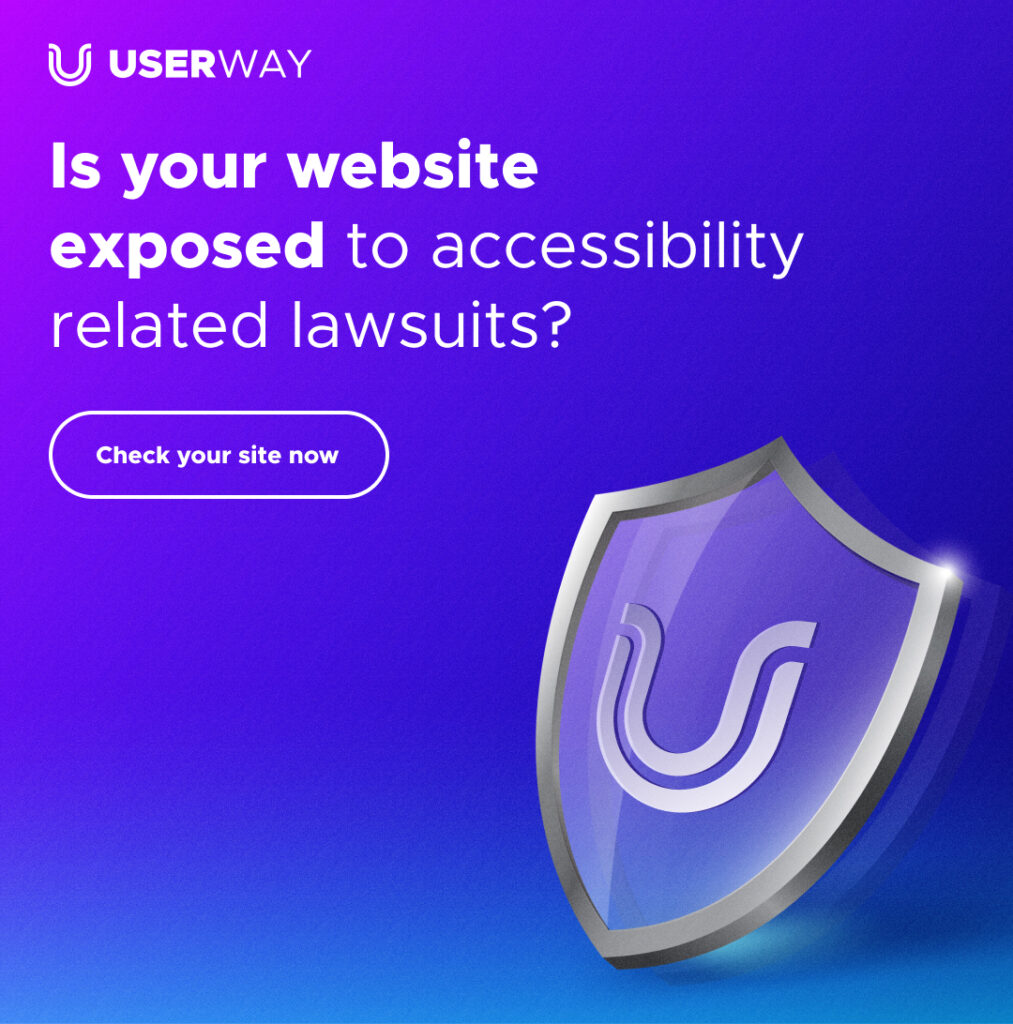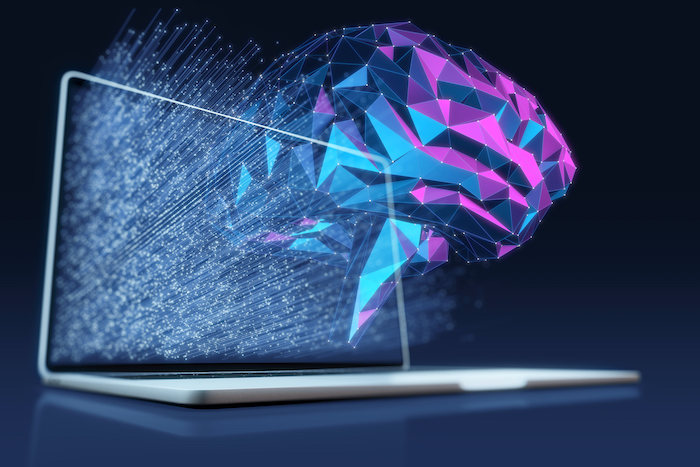Cybersecurity is a significant part of a CIO’s responsibilities. With evolving threats emerging regularly, CIOs must continue focusing on safety and ensuring their systems are secure. To be effective, the task must be ongoing.
2025 brings its share of new threats, and CIOs must be on guard. They must implement advanced defense mechanisms, ensure compliance, and develop properties that keep their systems safe.
Developing Advanced Defense Mechanisms
Cybersecurity threats emerge constantly- and hackers seem to get smarter every day. CIOs must develop advanced defense mechanisms to deal with new threats. Recommended tactics include:
- Network Security: Encryption measures, secure configurations, and regular audits ensure vulnerabilities are identified and addressed. VPNs are especially effective because they detect and isolate threats early on. These strategies should be included in the organization’s framework.
- Endpoint Protection: Workstations, phones, and servers are common attack endpoints. Endpoint protection focuses on keeping these assets secure through antivirus software, application control, and encryption. Organizations may also use behavioral analysis, machine learning, and regular patching to keep systems safe.
- Firewalls and Intrusion Detection: Firewalls form a barrier between internal and external sources and monitor traffic. They work alongside intrusion detection systems (IDS) to keep networks secure. These systems detect anomalies and alert administration, ensuring they don’t develop into more significant problems.
- Regular Software Updates: Regular software updates ensure systems align with the latest developments. They fix bugs and security flaws, ensuring optimal operations. Organizations may consider automating updates to keep systems well-protected.
- Employee Training and Awareness: Cybersecurity is necessary not only at the leadership level but also at each employee’s level; each employee should have the training to detect and address threats that arise within departments. Employees should be trained to handle data securely, recognize phishing and other breaches, and know the latest threats and best practices.
- Access Control and Management: Organizations can reduce threat risk by restricting access to data and resources, ensuring that only authorized users can handle sensitive information. This goal can be achieved with role-based access control (RBAC) and multi-factor authentication (MFA). Organizations should also audit access logs to comply with the latest security standards.
Ensuring Compliance
Compliance does more than keep your company safe. It also ensures your customers are safe, promoting a positive reputation. Remaining compliant requires the following steps.
- Understanding Your Organization’s Compliance Requirements: Compliance requirements vary among industries and locations. For example, medical organizations must comply with HIPAA and PCI-DSS regulations. California companies must follow the California Consumer Privacy Act (CCPA). Research requirements that are mandatory for your organization to ensure your customer’s data is safe.
- Identify Security Gaps: Security gaps could risk your and your customer’s data. Audit systems regularly to identify gaps. Many solutions, such as endpoint protection, firewalls, and access control, will keep your systems secure.
- Engage Stakeholders: Cybersecurity is an organization-wide responsibility, and every stakeholder must be involved. Your C-suite must be involved in the framework creation and should offer transparency and communication to ensure systems run smoothly and avoid reputation damage. Depending on your company setup, your compliance teams, jurisdictional leaders, and outside auditors may also be included in cybersecurity processes.
- Define Goals: The general goal of cybersecurity is to reduce risks and keep information safe, but organizations should be specific when identifying what their company is working towards. They must work with assessors and auditors, identify acceptable risks, and regularly track compliance.
- Data Classification: Data classification involves defining and categorizing data to understand risk. The classification system is typically based on what the data contains and who can access it. The process ensures the proper controls are in place based on the data type.
- Risk Assessment: Risk assessment can be conducted through vulnerability scans, phishing simulations, penetration testing, and security awareness training. It identifies vulnerabilities and the likelihood of a breach in various situations. Frameworks are typically developed to ensure assessments are accurate.
- Adapting Security Frameworks: Organizations can remain protected by adapting frameworks such as the NIST CSF 2.0 or the CIS Critical Security Controls. These frameworks support cybersecurity and ensure your company updates to the latest standards. Once in place, organizations should map their frameworks to ensure they align with specific company needs.
Want to learn more about how to protect your organization from cybersecurity breaches? Sign up for our newsletter today.



0 Comments